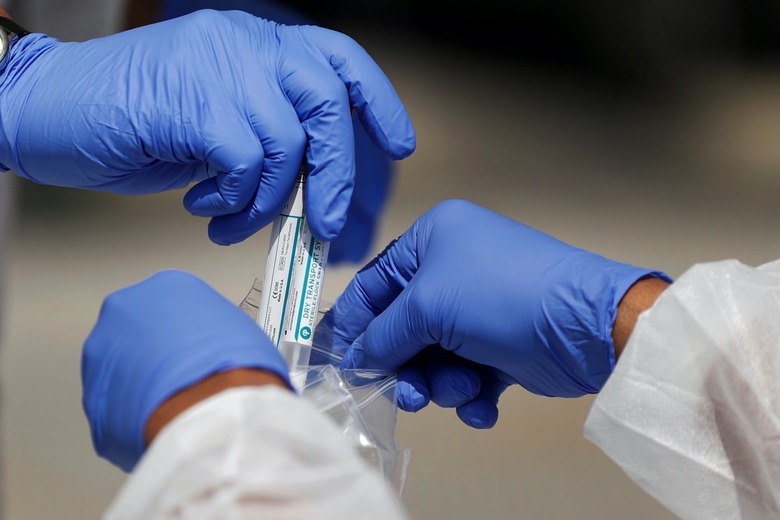CDC Director Just Said Something Terrible That No American Wants To Hear
- With fall about two months away, CDC director Robert Redfield believes the cold weather will usher in "one of the most difficult times in American health."
- The coronavirus is still surging across a majority of U.S. states, with new case numbers reaching astronomical daily totals.
- A potential coronavirus vaccine from Moderna has shown promise in early clinical trials.
Earlier this week, I stumbled across a map that illustrated how long it's been since the coronavirus peaked across every U.S. state. Put simply, the map was far from encouraging. While a handful of states like Michigan and New York have seen the rate of new coronavirus cases drop rapidly, the virus is rising rapidly elsewhere.
Across the south, and in Florida in particular, the number of new coronavirus cases is skyrocketing. What's more, Florida yesterday broke its record for the most coronavirus deaths in a day with 132. Over the past few weeks, some people were quick to dismiss the rising number of coronavirus cases by arguing that the death rate wasn't rising alongside it. That dynamic, however, seems to be changing.
In light of the above, it's clear that the country as a whole is a ways away from truly moving past the coronavirus. In turn, CDC director Robert Redfield earlier this week suggested that we may see a surge of new cases later this fall as colder weather begins to set in across the country.
"I do think the fall and the winter of 2020 and 2021 are going to be probably one of the most difficult times that we experience in American public health [due to] the co-occurrence of COVID and influenza," Redfield said on a live stream chat on Tuesday.
Redfield also said that Americans need to start taking mask-wearing more seriously. While one would think that such a basic and easy safety measure would be adopted by all Americans, the decision to wear a mask or not has bizarrely morphed into something of a political issue.
Incidentally, Redfield and a few other doctors recently penned an editorial in JAMA advocating for universal mask-wearing:
Covering mouths and noses with filtering materials serves 2 purposes: personal protection against inhalation of harmful pathogens and particulates, and source control to prevent exposing others to infectious microbes that may be expelled during respiration. When asked to wear face coverings, many people think in terms of personal protection. But face coverings are also widely and routinely used as source control. For instance, if given the choice between having surgery performed by a team not wearing some covering over their mouths and noses vs a team that does, almost all patients would reject the former. This option seems absurd because it is known that use of face coverings under these circumstances reduces the risk of surgical site infection caused by microbes generated during the surgical team's conversations or breathing. Face coverings do the same in blocking transmission of SARS-CoV-2.
...
Third, the public needs consistent, clear, and appealing messaging that normalizes community masking. At this critical juncture when COVID-19 is resurging, broad adoption of cloth face coverings is a civic duty, a small sacrifice reliant on a highly effective low-tech solution that can help turn the tide favorably in national and global efforts against COVID-19.
As a final point, it's worth noting that the coronavirus situation isn't entirely dire. As we reported earlier today, early testing on a coronavirus vaccine developed by Moderna has shown a lot of promise.
